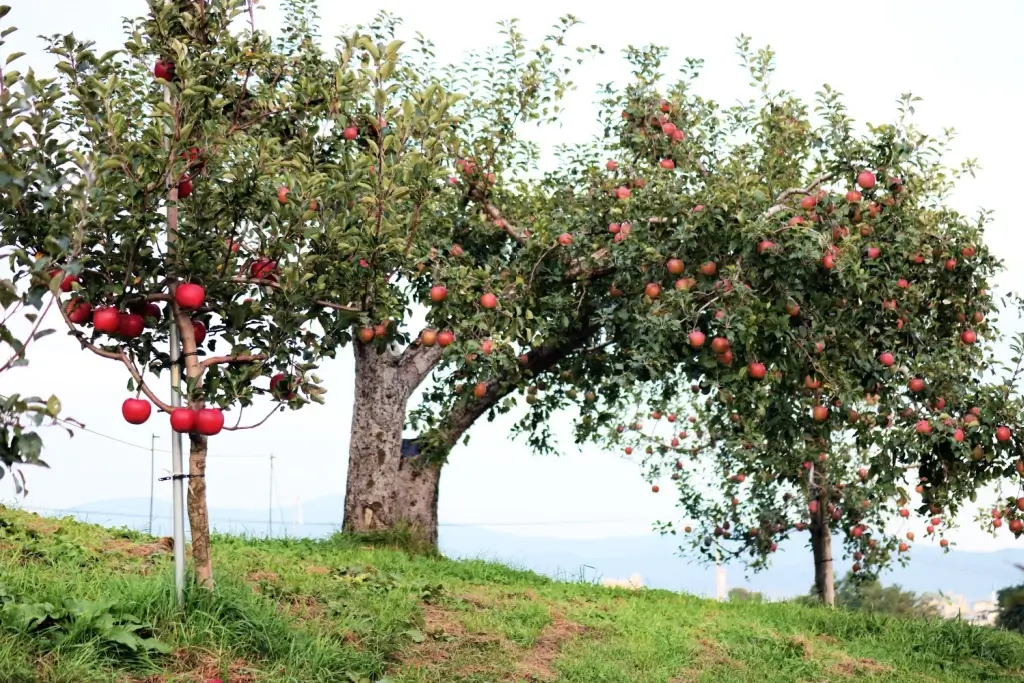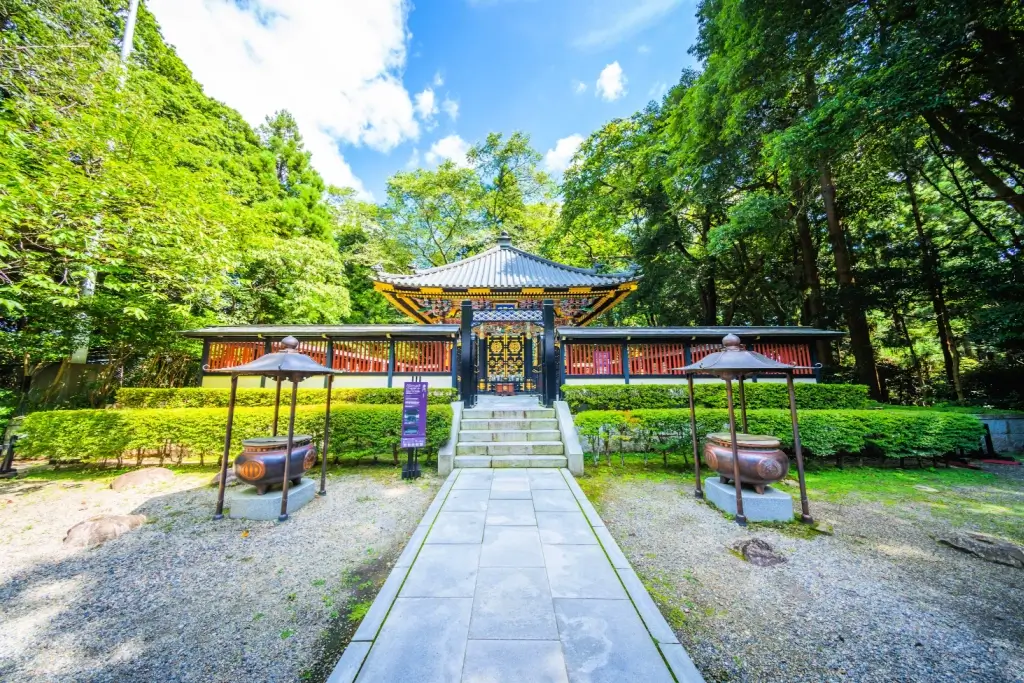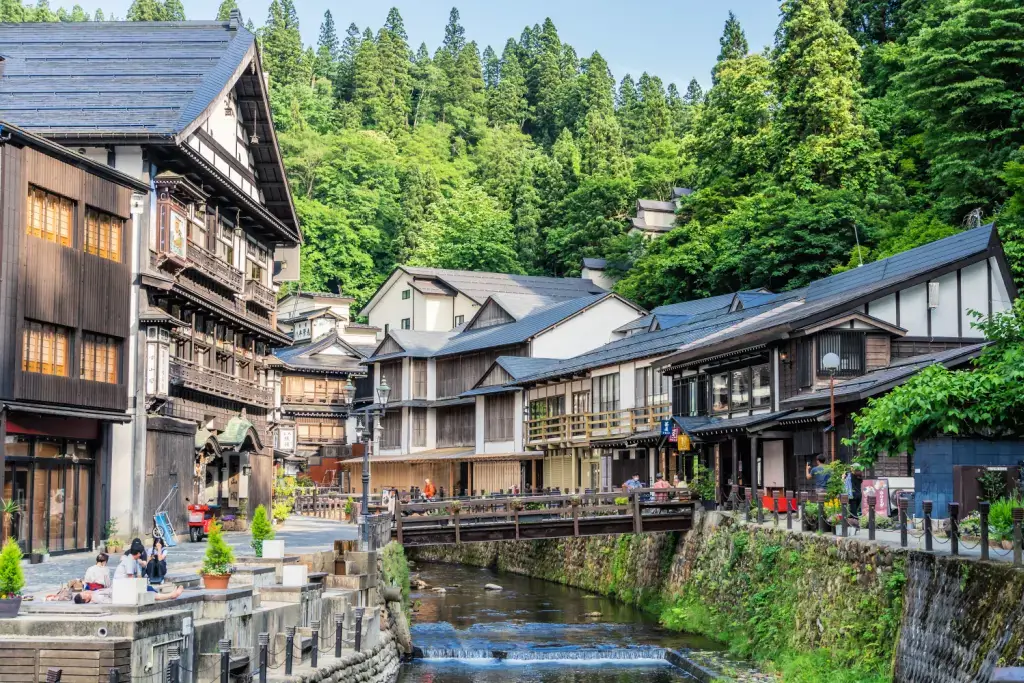The Tohoku region in northeastern Japan is known for its landscapes, culture, and seasonal attractions. From mountain ranges and scenic coastlines to historical landmarks and hot spring towns, Tohoku offers visitors a range of experiences. The region blends nature and culture. Tohoku is perfect for travelers seeking an authentic Japanese experience!
Table of Contents
ToggleWhat does the Tohoku region look like?
The Tohoku region is a mix of forests, mountains, and coastlines. Aomori offers apple orchards and beech forests, while Iwate has crystal-clear lakes and historic temples built into cliffs. Miyagi’s Matsushima Bay is considered one of Japan’s top scenic spots. Akita’s landscape blends rugged coastlines with valleys. Yamagata and Fukushima are home to hot springs and volcanic landscapes, offering visitors relaxation and outdoor adventure.
Aomori
This prefecture, “the blue forest of the north,” is famous for its lush landscapes, including the apple orchards at Hirosaki City Apple Park and the UNESCO World Heritage-listed Shirakami Sanchi forests. Aomori City connects visitors to cultural sites such as the Aomori Museum of Art and hosts the Nebuta Matsuri festival. Visitors can experience Japan’s rural charm while exploring shrines and ancient temples.

Aomori has modern attractions that enhance its cultural appeal. The Aomori Contemporary Art Center features cutting-edge works from both Japanese and international artists. For spiritual reflection, the towering Showa Daibutsu, Japan’s tallest bronze Buddha, stands in a tranquil garden. Visitors can enjoy outdoor adventures such as hiking in the Shirakami Sanchi, which has diverse wildlife and scenic trails.
Iwate
Iwate Prefecture is known for its beautiful scenery, cultural landmarks, and delicious local foods. The region offers many attractions, including Chusonji Temple, famous for its 12th-century Golden Hall, and the Ryusendo Limestone Cave, crystal-clear underground lakes. Visitors can also explore Takkoku no Iwaya, a unique temple built into a cliff, or enjoy the fresh dairy products at Koiwai Farm, one of Japan’s oldest farms.

The area also has many historical sites and museums to visit. The Miyazawa Kenji Memorial celebrates the life of the famous poet and novelist. The prefecture also hosts seasonal festivals, like the winter event at Koiwai Farm, where visitors can enjoy unique food experiences in igloos. From temples to museums, Iwate offers a blend of tradition and adventure, making it a must-see destination for travelers.
Miyagi
In Miyagi Prefecture, visitors can explore Zuihoden, the mausoleum of Date Masamune, or marvel at the Okama Crater, a volcanic lake that changes color. Matsushima Bay, known for its 260 pine-covered islands, is one of Japan’s most scenic spots and offers hiking and temple visits. The region also has the Miyagikyo Distillery, where visitors can learn about Japanese whisky-making.

In addition to its natural and historical attractions, Miyagi Prefecture offers unique cultural experiences. Visitors can tour Sendai Castle, a historic site with VR features that recreate the castle’s original grandeur. Matsushima Bay’s temples, such as Zuiganji and Entsuin, provide spiritual and historical connections to the region. Whether you’re seeking outdoor adventures, exploration, or local delicacies, Miyagi offers attractions for all travelers.
Are you looking for amazing snacks from places like the Tohoku region? Check out Sakuraco! Sakuraco delivers traditional Japanese snacks, teas, and sweets from local Japanese makers directly to your door so you can enjoy the latest treats directly from Japan!
Akita
Akita Prefecture is famous for its delicious local cuisine, offering a variety of dishes that reflect its natural resources. The region has Ishiyaki hotpot, where seafood and vegetables are cooked with a hot stone for a rich, smoky flavor. Hinai Jidori, a high-quality chicken, is another specialty known for its tender, flavorful meat. Another iconic dish is kiritanpo, a grilled rice stick often served with miso or in a hotpot with chicken and vegetables.

Akita is home to Jumonji ramen, a light shoyu ramen made with sardine and bonito stock. The prefecture’s cuisine is rooted in its natural environment, with fresh seafood from the coast and high-quality rice grown in its valleys. Akita’s food scene offers a taste of authentic Japanese culture, perfect for food lovers. Whether sampling its traditional dishes or enjoying its many chicken dishes, Akita’s culinary offerings will surely delight you!
Yamagata
Yamagata Prefecture is famous for its hot springs and rich cultural heritage. Popular attractions include Ginzan Onsen, a hot spring town with traditional inns, and Mount Zao, famous for its ski resort and “Snow Monsters” during the winter. The Dokkonuma Swamp offers unique sightseeing opportunities with its mysterious emerald-green water and Yamagata Kyodokan, a former hospital-turned-museum.

Yamagata Prefecture is famous for its hot springs, such as those in Zao Onsen and Ginzan Onsen, which are believed to have healing properties. The region also boasts cultural treasures like the Haguro-san Shrine, which is open year-round, and the historic Yamagata Kyodokan Museum, where visitors can learn about the prefecture’s medical history. Yamagata is perfect for travelers looking to explore a lesser-known part of Japan!
Fukushima
Fukushima Prefecture has many wonderful sites that both locals and tourists enjoy. Tsuruga Castle, known for its red roof, is a must-see for history enthusiasts, while Ouchi-Juku provides a glimpse into the Edo period. Visitors can relax in Iizaka Onsen, a hot spring town with years of history, and enjoy the orchards and local delicacies. Nature lovers can explore Urabandai, which has volcanic lakes and hiking trails, or hit the slopes in the winter.

Fukushima is home to Aquamarine Fukushima, an aquarium featuring over 70,000 marine creatures. The aquarium offers educational exhibits and a unique dining experience with underwater views. Fukushima is easily accessible from Tokyo by bullet train and offers something for every traveler, from outdoor adventures in Urabandai to relaxing hot springs and historical landmarks!
Why should I visit the Tohoku Region this fall?
Fall is one of the best times to visit the Tohoku region, as the landscapes transform red, orange, and gold. The autumn foliage provides the perfect background for exploring Tsuruga Castle in Fukushima or the temples in Aomori’s Shirakami Sanchi. Visitors can enjoy festivals and outdoor activities and warm up in the region’s hot springs after a day of sightseeing. Tohoku’s local cuisine, including hotpots and seafood, also shines in the fall.

The Tohoku region offers a peaceful escape from Japan’s crowded tourist destinations. Fall brings cooler weather, making it ideal for hiking the trails of Urabandai in Fukushima or visiting Mount Haguro in Yamagata. The region’s festivals and local markets highlight the harvest season, allowing travelers to experience authentic Japanese culture. Have you ever been to the Tohoku region before? What was your favorite prefecture? Let us know in the comments below!










